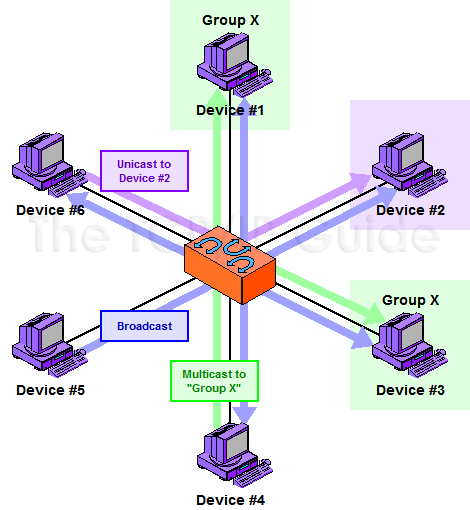 |
In the computer, Networking is very important, because it is a group of two(2) or more computers linked together.
These devices are broken up in
two classifications:
1. Network
devices
2. End-user
devices
NETWORK DEVICES - include all the devices that connect hub, router, switch, modem, connects the end user devices together and allow them to communicate.
END USER DEVICES - include computer, printers, scanner and other devices that provide services directly to the user.
THERE ARE FOUR COMMON TOPOLOGIES:
1. Bus topology uses a single backbone cable that is terminated at both ends.

2. Ring topology connects one host to the next and the last host to the first.

3. Star topology connects all cables to a central point of concentration.

4. Mesh topology implements to provide as much protection as possible from interruption of service.

Virtual Private Network is a private network that is constructed within a public network infrastructure such as the global internet. Using VPN, a telecommuter can access the network of the company headquarters through the Internet bu building a secure tunnel.
THE OSI MODEL
- address the problem of networks increasing in size and in number, the International Organization for Standardization.
7 LAYERS OF OSI
7. Application - deal with applications
6. Presentation - responsible for presenting the data. Example: code formatting, encryption, and compression.
5. Session - establishes, manages, and terminates sessions between two(2) communicating hosts.
3 different modes of session:
- Simplex
- Half Duplex
- Full Duplex
4. Transport - layer breaks up the data from the sending host and then reassembles it in the receiver.
3. Network - sometimes referred to as the "Cisco Layer"
2. Data Link - performs physical addressing.
1. Physical - media through with the data, represented as electronics signals.
OSI model will be used throughout your entire networking career.
Types of Transmission:
1. Unicast
2. Multicast
3. Broadcast

Broadcast Domain
- a group of devices receiving broadcast frames initiating from any device within the group.
Collision
- effects of two nodes sending transmissions simultaneously in Ethernet.
There are 3 Physical Layer:
Media type
Connector type
Signalling type
THAT'S ALL ...!


